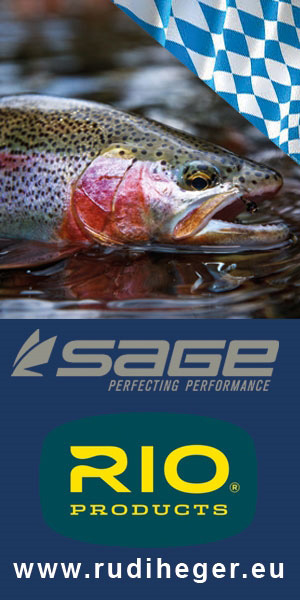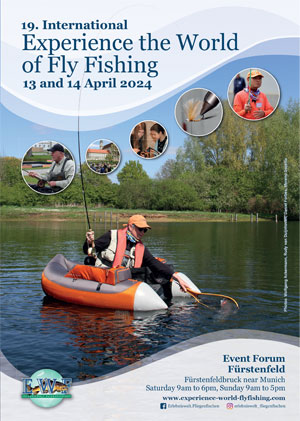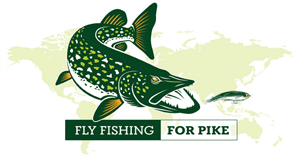Grey Seals as Atlantic Salmon Predators.
There is a sense of unease among Atlantic salmon conservationists on exactly what role Grey Seals are playing in the mortality at sea. In the past decade satellite tags that provide clues of temperature and location have shown the important seal predator list has lengthened. We now realize that sharks, probably mostly Porbeagle Sharks, can be an important predator. Tuna are also there.
But we keep coming back to Grey Seals. Decades ago they were at relatively low numbers. Then for a couple of decades they increased in number quickly – DFO in a 2016 assessment was using a figure of 13 per cent per year. And lately the research is indicating that could be tapering off to a 4 per cent increase per year. Certainly they are out there in great numbers. The present population estimate is in the range of 424,000 or more, with about 44,000 in the Gulf of St. Lawrence. Those at sea spot them regularly, sometimes dozens of kilometres from land. They are large predators, with males tipping the scales at 350 kg / 770 lb. and are fast, agile predators at sea.

South of the Gulf of St. Lawrence, meaning off Nova Scotia and in the Bay of Fundy area, there are somewhere around 380,000 Grey Seals. That means perhaps 400 Grey Seals for every Atlantic salmon coming back to a native river in this region. While Grey Seals eat other prey as well, those numbers are not auspicious for Atlantic salmon swimming the gauntlet towards rivers where all the Atlantic salmon are at critically low and endangered numbers.

A couple of years ago we asked anglers for evidence of seal-inflicted injuries on salmon that got away and continued their migrations into rivers around the Gulf of St. Lawrence. The reports we received were numerous, and were in rivers from the Margaree in Cape Breton to the Miramichi, in Gaspé rivers like the Cascapedia and Bonaventure, and also from the north shore of the Gulf of St. Lawrence.
These are not predators merely working the estuaries of rivers, as one might expect with harbour seals, but at sea as well. Greg Lovely who lives in the Margaree River valley recently visited the waters around Sea Wolf Island off the Margaree on Mon., Aug. 27. His observation was of hundreds of grey seals – and wondering what impact they were having on the Margaree’s Atlantic salmon run.

There needs to be a better understanding of predation of Atlantic salmon. Work done a few years ago in the Baie des Chaleurs showed that cormorants were only a minor predator of Atlantic salmon in general, and of smolts in particular. A thorough study was completed of a colony in the bay. Elsewhere, ASF biologists saw large numbers of dolphins in the Strait of Belle Isle. There is no indication one way or another that they are important predators – at least there isn’t evidence at this time.
Stresses pile upon stresses. Hot water conditions in rivers, Grey Seal predation at sea, Striped Bass in the Miramichi and other rivers. All of these plus human actions build on each other. In the next few years things could even escalate. The Grey Seal population may not presently be increasing by double digits, but it is still growing. Other predators could come on the scene, such as if the Smallmouth Bass escape from Miramichi Lake. This invasive species could be yet one more major stress the Miramichi’s natural food web does not need.
We need a better understanding of predation forces on Atlantic salmon, and Grey Seals would be a good place to start. However, one thing to remember – overall, humans are still predator #1 as far as Atlantic salmon are concerned.
Read more from the Atlantic Salmon Federation here.
Source: www.thefishingwire.com.






